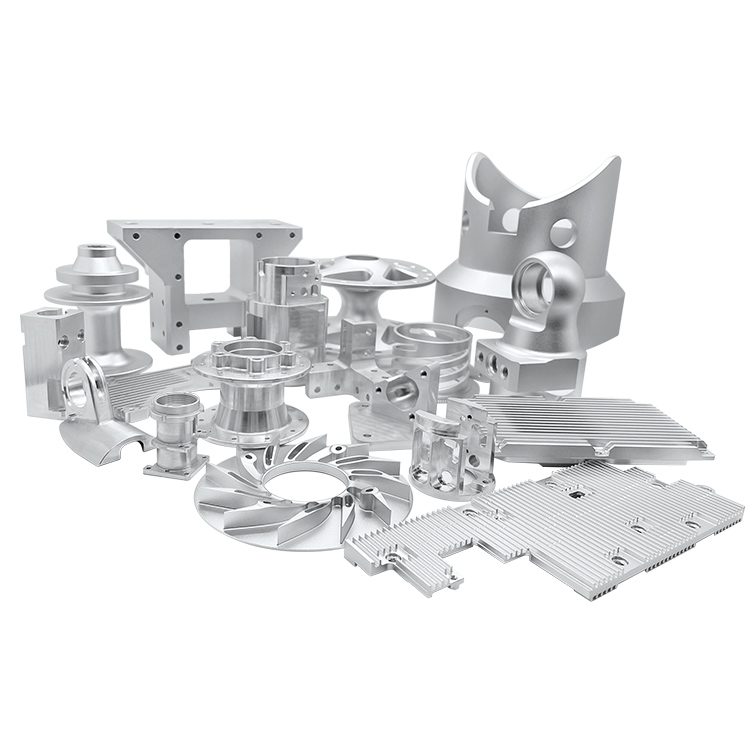1. Differences in materials:
3D printing materials mainly include liquid resin (SLA), nylon powder (SLS), metal powder (SLM), gypsum powder (full color printing), sandstone powder (full color printing), wire (DFM), sheet (LOM) and many more. Liquid resins, nylon powders and metal powders account for the vast majority of the market for industrial 3D printing. The materials used for CNC machining are all pieces of plates, that is, plate-like materials. By measuring the length, width, height and wear of the parts, the corresponding size plates are cut for processing.
There are more choices of CNC machining materials than 3D printing. General hardware and plastic sheets can be CNC machined, and the density of molded parts is better than 3D printing.
2. Differences in parts due to molding principles
3D printing can effectively process parts with complex structures, such as hollow parts, while CNC is difficult to process hollow parts.
CNC machining is subtractive manufacturing. Through various tools running at high speed, the required parts are cut out according to the programmed tool path. Therefore, CNC machining can only process rounded corners with a certain radian, but cannot directly process inner right angles, which must be realized by wire cutting/sparking and other processes. Outside right angle CNC machining is no problem. Therefore, parts with inner right angles can be considered for 3D printing.
There is also the surface. If the surface area of the part is relatively large, it is recommended to choose 3D printing. CNC machining of the surface is time-consuming, and if the programming and operator experience is not enough, it is easy to leave obvious lines on the parts.
3. Differences in operating software
Most of the slicing software for 3D printing is easy to operate. Even a layman can skillfully operate the slicing software in a day or two with professional guidance. Because the slicing software is currently very simple to optimize, and supports can be automatically generated, which is why 3D printing can be popularized to individual users.
4. Differences in post-processing
There are not may post-processing options for 3D printed parts, generally grinding, oil injection, deburring, dyeing, etc. There are various post-processing options for CNC machined parts, in addition to grinding, oil injection, deburring, electroplating, silk screen printing, pad printing, metal oxidation, laser engraving, sandblasting and so on. There is a sequence of hearings, and there are specialties in the art industry. CNC machining and 3D printing each have their own advantages and disadvantages. Choosing the right processing technology has a crucial impact on your prototype project.
For commercial reprints, please contact the author for authorization, and for non-commercial reprints, please indicate the source.
Post time: Jul-14-2022




